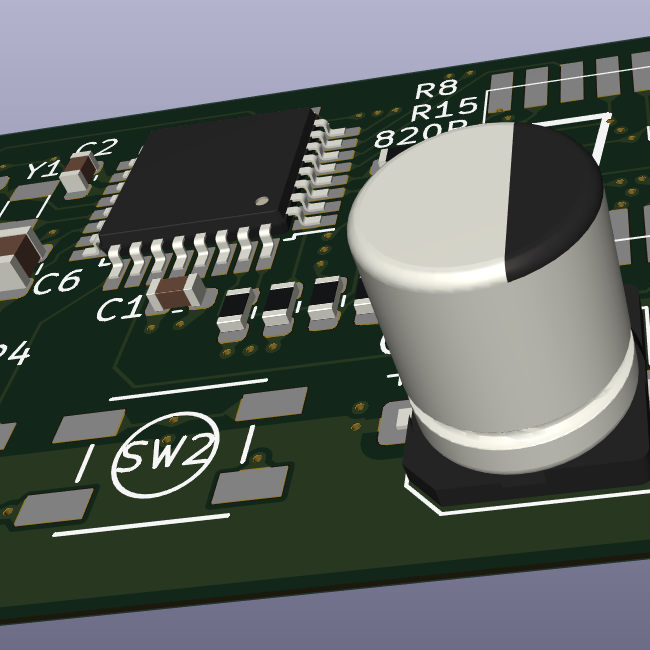Preamble: I have been pushing the “I believe” button for way to long when it comes to crystal oscillators and their supporting components. The concept is simple, as they generally consist of proper loading and some kind of (pre)amplifier. “Small thing shake fast and you amplify”. However, the full concept has never “clicked” in my brain and it feels like a huge knowledge gap that I should have filled years ago.
Asking these questions is horrendously embarrassing since I am a licensed ham and I should intuitively understand how all resonant circuits work by this point in my life. (Hopefully, y’all have a better way for me to visualize resonant circuits in general.)
From this schematic, all I see is a DC source, an amplifier, and maybe a super-simple RC tank circuit (of sorts) and the wave should never drop below 0v:
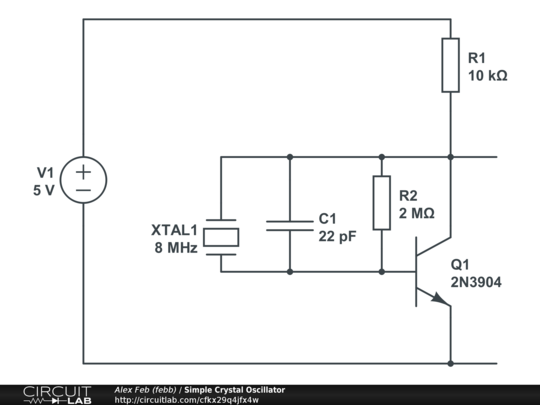
Some of the most basic crystal schematics (concept diagrams?) show a crystal connected directly to an AC source.
The concept of a crystal is simple: Apply a voltage and it moves, remove that voltage and it returns to its original shape. That kind of explains why kick-starting oscillation is needed, but that is not really where I am confused.
My questions are:
Is the crystal more closely related to an inductor in a basic RLC circuit? Is L being an approximate relationship to X a good way to visualize this?
Does the crystal “force” an RC resonant circuit to operate at a specific frequency because of its tendency to only operate efficiently at a given frequency in wildly different environments? (This question is a result of the first: Does an inductor act like a crystal in some ways?)
Since basic BJT amplifiers are generally shown with super-basic crystal schematics, is that amplification a functional part of generating a wave form? So, if the BJT was removed, the circuit would still function but it would be at a much lower current? (TBH, I am getting a gut feeling that the BJT is functionally related to an opamp with feedback in the above schematic, maybe?)
Thanks in advance for any education. Cheers!
(Oh, I do understand we are mixing AC and DC circuit concepts here, so that isn’t an issue for me either. I also could just “look at the formulas” for building crystal circuits, but I need a better understanding of the core concepts first.)
Is the crystal more closely related to an inductor in a basic RLC circuit? Is L being an approximate relationship to X a good way to visualize this?
You’re already thinking of it wrong. Go grab a tuning fork and hit it against your foot. Go grab a trumpet and blow into it. Go grab a Guitar String and pluck it. When physical things move, they have a natural resonant frequency.
This isn’t about “electronics” or “inductance”. This is about the physical nature of sound and vibrations. A crystal is cut in the shape of a musical instrument. When it rings, it will only ring at one frequency.
The physical nature of a crystal isn’t electronic per se. Its musical. Its sound. Its vibrations. The “longer” the crystal, the slower it will vibrate. The “shorter” the crystal, the faster it will vibrate. Just as a musician tunes their musical instrument, electrical engineers tune our crystals to vibrate at specific useful frequencies.
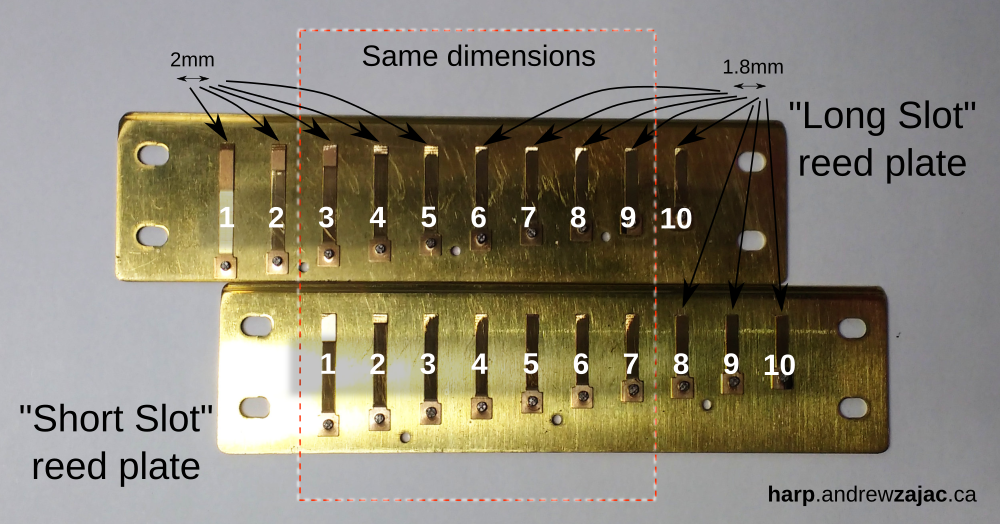
Go to your nearest music store. Buy a $5 harmonica, open it up. You’ll see these reeds. Why do some reeds sound at a higher-frequency than other reeds?
Because of the physical shape and springiness of the reeds.
The concept of a crystal is simple: Apply a voltage and it moves, remove that voltage and it returns to its original shape. That kind of explains why kick-starting oscillation is needed, but that is not really where I am confused.
You’re missing the other step. A crystal’s mechanical/electrical characteristics go in both directions. When someone “pushes” upon a crystal physically, it will generate a current. And when it “snaps back” into place, it will generate a negative current.
That means that physical noise and physical vibrations directly turn into electrical signals. That’s the definition of Piezoelectric: not only does shocking it with electricity cause it to move, but if someone bends or moves it, it will generate electricity. In effect: an XTAL is a specific object that sits at the crossroads of the electrical and mechanical worlds. Physical vibrations turn into an AC current, physical pressure turns into DC… and vice versa. AC Current applied to a crystal will turn into vibrations, while DC current will turn into a shape change.
When you “kick” a crystal with electricity, it snaps into place. Which for a piezoelectric object is identical to taking your hand and strumming on a guitar. (literally physically identical). If the crystal weren’t inside of a highly-protective vacuum sealed chamber, you’d be able to do this with your fingers in theory. But its easier to do with electricity instead.
But all objects are naturally springy. The crystal will push back, and start vibrating. Its because of the natural springiness / musical nature that the vibrations happen.
Since basic BJT amplifiers are generally shown with super-basic crystal schematics, is that amplification a functional part of generating a wave form? So, if the BJT was removed, the circuit would still function but it would be at a much lower current? (TBH, I am getting a gut feeling that the BJT is functionally related to an opamp with feedback in the above schematic, maybe?)
No. A crystal, like any other musical instrument, has no energy in it by itself. Unless you had a human wacking the crystal repeatedly or strumming it like a guitar, it will run out of energy and enter a resting-state, much like how a guitar’s string eventually runs out of energy and sits silent.
You need to repeatedly inject energy into the circuit to make it continue to vibrate. The easiest way to do this is by “swinging” the circuit. When the crystal is “breathing in”, like a swing, wait. When the crystal is “breathing out” per se, then apply energy.
The cycle of “breathing in” and “breathing out” is a phase change. After 360 degrees, a full cycle has completed and the energy has returned to the proper timing. As long as you’re applying energy at the right time (ie: at the 0-degree / 360-degree / 720-degree / etc. etc. marks of phase-offset), you’ll increase the energy in the crystal and it will ring / sing / vibrate as long as you want.
180-degrees of rotation exist because the BJT as described is a NOT-gate.
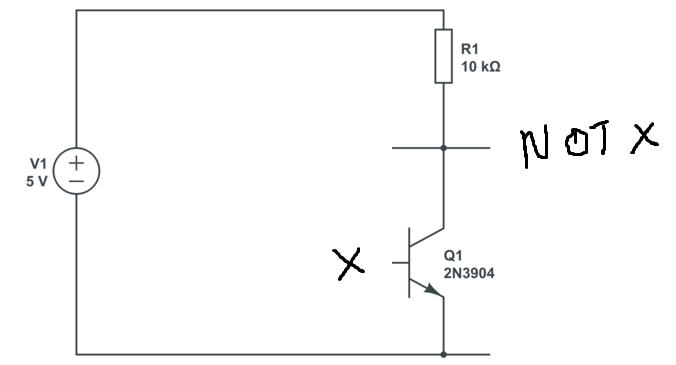
Then the remaining 180-degrees of phase-rotation exist from the capacitor. The end, you’re at 360-degrees again and all is lined up to “push” the circuit at the right time, and “stop pushing” when the crystal vibrates back.
Going back to the “Harmonica” example: why do the reeds vibrate? Because our breath adds energy to the reeds. And because the reeds are “tuned” to a specific frequency, they’ll tend to hit the same notes. (ignoring advanced issues like overtones, harmonics, and other such musical details… that fully apply to the electrical world as well).
As it turns out: the Harmonica is specifically designed so that the energy from our breath is only added when the reed is “above” the plate. IE: We push the vibration forward when its “above”, and then it doesn’t take any energy from our wind-stream when its “below” the plate.
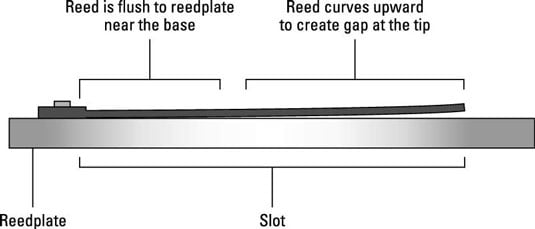

Much like how a “Harmonica” is a tricky mechanical instrument designed to “take energy” at the right timing to cause a sustained vibration, our electrical circuits are so designed to “feed energy” into an XTAL / Musical Instrument and keep it vibrating.
We pretend that the XTAL is an inductor+capacitor so that our math works out. But its all pretend. The fundamental nature of XTALs is musical, vibration-based, physical. If you’ve ever banged on a drum or played an instrument, you’ve got all the understanding you need to the nature of vibrations of various objects… and how we tuned them to specific frequencies.
Does the crystal “force” an RC resonant circuit to operate at a specific frequency because of its tendency to only operate efficiently at a given frequency in wildly different environments? (This question is a result of the first: Does an inductor act like a crystal in some ways?)
An inductor + capacitor will ring out like a musical instrument at specific frequencies. But it sounds like you’re having difficulty visualizing the interaction of inductor+capacitor. So I’m going with the musical/physical and direct explanation instead. All that “Think of crystals as a inductor/capacitor” make-believe is bullshit made up by EEs anyway, so discard it and think about what’s actually happening here.
You have given me quite a bit to think on. You successfully shifted my perspective, so it’s going to take a bit to absorb. Words simply cannot describe how thankful I am.
As a side note… My questions were extremely pointed and with purpose, so thank you for picking up on the subtleties of what I was truly asking. I preach to younger engineers that asking the right questions hold just as much value as the answers you get back, so the validation was a nice-to-have in this particular case. (Ask a “real” engineer a “stupid” question and you are likely to get volumes of highly nuanced, and carefully indexed, data in return. Be careful about what you wish for. Lol!)
Your general question about tank circuits / LC-oscillators might still stand. The main issue is that the XTAL is a completely separate and more precise than what pure electronics can deliver.
Do you know how to use LTSpice? Or any other simulator? You should setup a simple tank circuit and play with it.
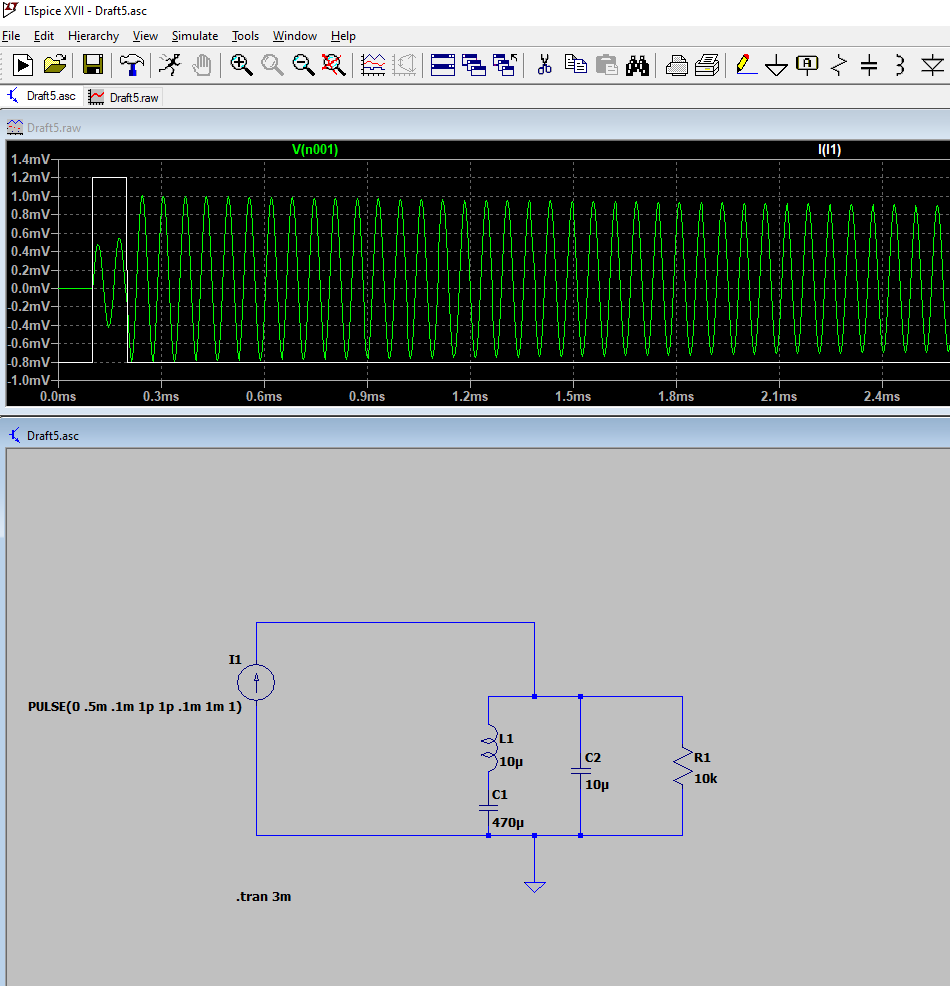
There are two excitation here: At 0.1 milliseconds, I turn on the current to 0.5mA. And then at 0.2milliseconds, I turn the current off. This is the white line on that graph. Look what happens to the capacitor + inductor network. They “ring”, passing energy between each other. (The green line is voltage, showing the energy bouncing between the circuit from that excitation)
When frequencies matter: we can tune a crystal + capacitor to 0.02% accuracy (20ppm) in a manufacturing setting (ie: without individually measuring a circuit. A mass production line of crystals+capacitors will all resonate at the same frequency +/- 0.02%). Meanwhile, your typical inductors/capacitors are +/-20% typically, and maybe +/- 10% if you’re paying more.
And since quartz crystals are only a few cents, they end up being a very reliable and repeatable component to use. It is funny though: if you’ve got extremely sensitive equipment, you can measure the mechanical issues with crystals. (Ex: they’ll change frequency ever so slightly based on how noisy a room is, or the heat/temperature, or even physical force like gravity / orientation can change its frequencies due to the mechanical nature of the vibrations). Its very very small in practice, but its fun to see if you got any absurdly accurate multimeter or frequency standards.
Some people think of oscillators as an amplifier circuit. Here’s how.
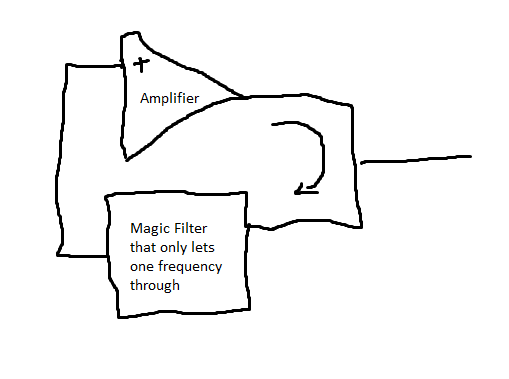
The crystal is your filter. The NOT-gate (or the BJT) is the amplifier. When you amplify only one frequency, then naturally a sine-wave gets output at that frequency. That’s all you’re doing, really. You’re taking a general energy excitation (which has energy in all kinds of frequencies), and then you shove that energy into a filter. The only energy that comes out of the filter is the frequency of the filter, and you set that as positive-feedback to your amplifier.
That amplifier adds more energy, which then returns the energy to the filter, and the process repeats as long as you have energy. The only difficult part is making sure the energy is returned within the correct phase-delay. (You don’t want to be pushing when the crystal is pulling: you want to push when the crystal pushes, and you want to pull when the crystal pulls). The “NOT” gate is all you need to detect + amplify this concept.
That clicked. Thinking of a crystal as a filter is a good concept to start with, actually. I can also grasp thinking of it musically at the same time, so that is also a win.
Thanks again! I think you made the Internet just a little bit more of a nicer place. ;)
I hope you get some answers. I’m a ham and I studied comp engr but I am over here like “uuuuh idk” lol
this article says an xtal acts like a very stable tuned circuit if that helps any.

